The impact of the Spanish Language as a factor in COVID-19 among US Hispanics
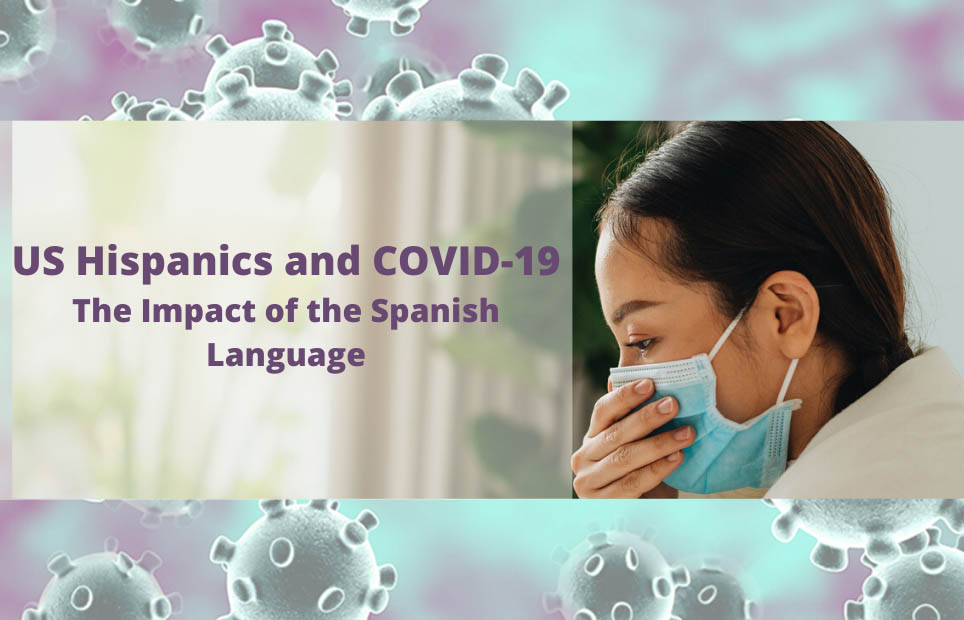
The COVID-19 pandemic has shocked the world, leading to some half a million deaths worldwide (at the time of writing) and many more lives that are forever changed. In the course of its spread throughout the world, the virus has consistently shown to hit the most vulnerable hardest, whether that is due to the pandemic’s […]
New English-Spanish-Portuguese COVID-19 glossary
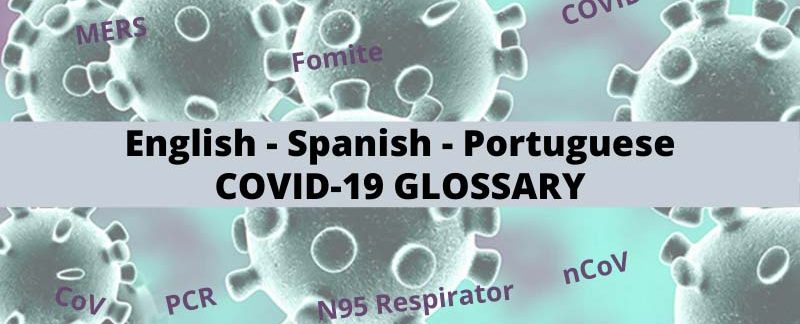
COVID-19 has spread worldwide with a global pandemic being declared, prompting countries around the world to declare emergencies and enact often unprecedented legislation and measures to fight the pandemic and limit harm. As our understanding and the situation are rapidly developing, the relevant terminology being used is rapidly evolving too, leading to confusion in the […]
Coronavirus and Language Barriers: How to React in a Health Crisis
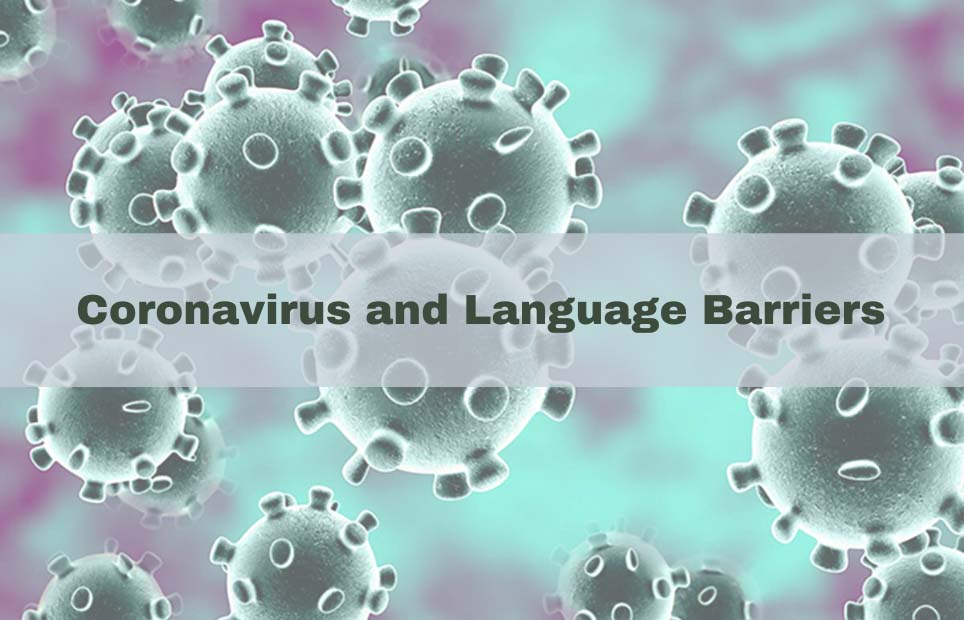
[vc_row][vc_column][vc_column_text c_id=”.vc_1587006980002″] The global village in which we live has innumerable benefits, making the world smaller and more connected than ever. However, periods of crisis like the recent coronavirus outbreak highlight our vulnerabilities in this system and draw attention to linguistic misunderstandings that can lead to devastating results. The recent outbreak has shown how the […]
Marketing to Latinos through Social Media – Transpanish
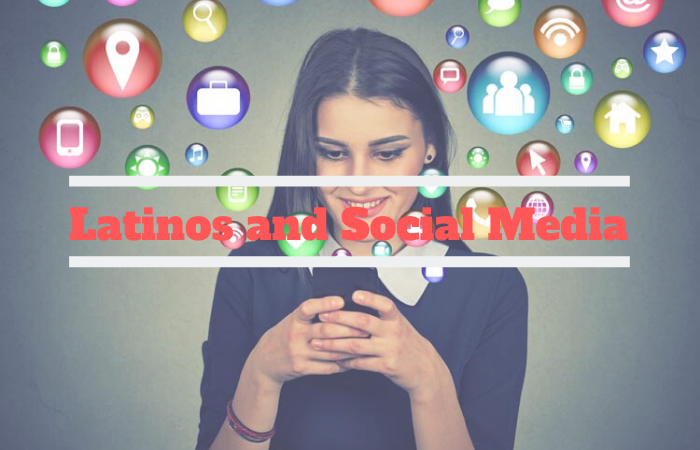
In the early days of social media marketing, marketing strategists rarely used to target Latinos using social media or other forms of digital marketing. However, this has since changed and according to a recent article in Forbes, companies now need to be aware that on average, in the US at least, young Latinos are more […]
The Essentials of Multilingual Social Media – Transpanish
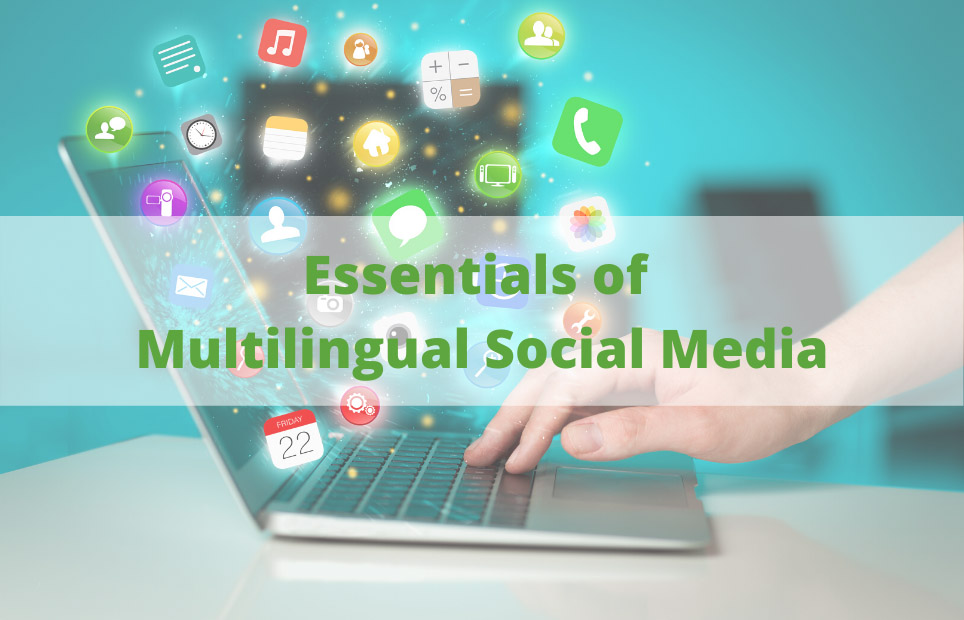
Social media platforms are excellent tools for promoting your brand around the world. However, to truly internationally promote your brand, it’s essential that your content is suitable for your target audiences. Of course, this means having content that will resonate with and attract your audience, but it also relates to actually speaking your audience’s language. […]
The Rise of Spanish as a Second Language
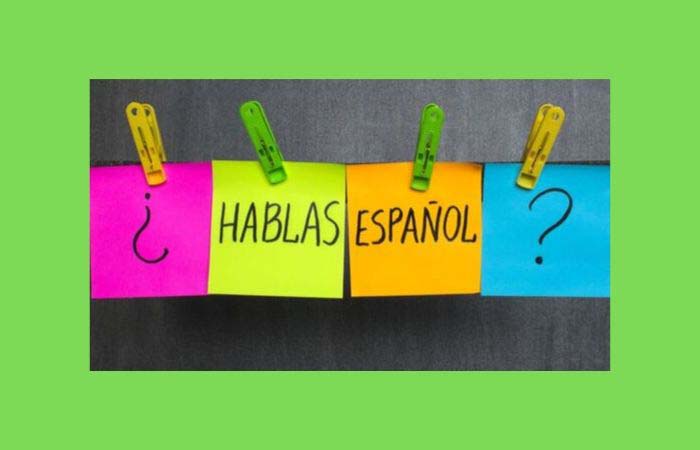
With 21 countries listing Spanish as an official language, and with it being a de facto language on nearly every continent, there’s a good reason to learn it. With 577 million speakers around the world, Spanish is the second most spoken language on earth, after Mandarin, and this figure is only set to increase. Not […]
How Should Translators Approach Content Too Complex for Its Intended Audience?

Language can be hard at the best of times, but paradoxically at the times when communication is the most important, all meaning can be lost in jargon for the average reader. This is a common phenomenon in fields like the civil service, finance and health care, all of which affect every person on the planet. […]
Future of the Spanish Language Debated in Córdoba: Rival Congresses on the Spanish Language
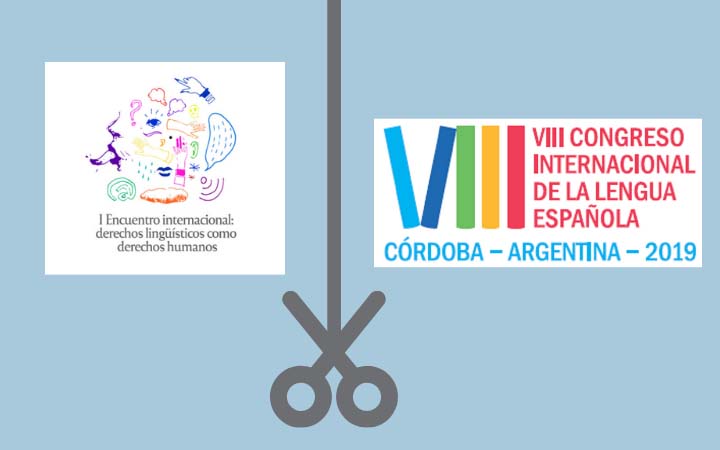
From the 27th to the 30th of March 2019, the Argentinian city of Córdoba will see academics, writers and language enthusiasts flock to it for the 8th International Congress of the Spanish Language (VIII Congreso Internacional de la Lengua Española, CILE). Some 250 writers, academics, experts and professionals from all over the world are coming […]
Translating Genericized Trademarks

Language is constantly changing and adapting to suit its environment. One noticeable example of this is in brand names for new technologies or products becoming used as a generic name for any similar product whether they were produced by the brand or not. From trampoline to cellophane, words that were once specific brand names have […]
Understanding Translation Memories
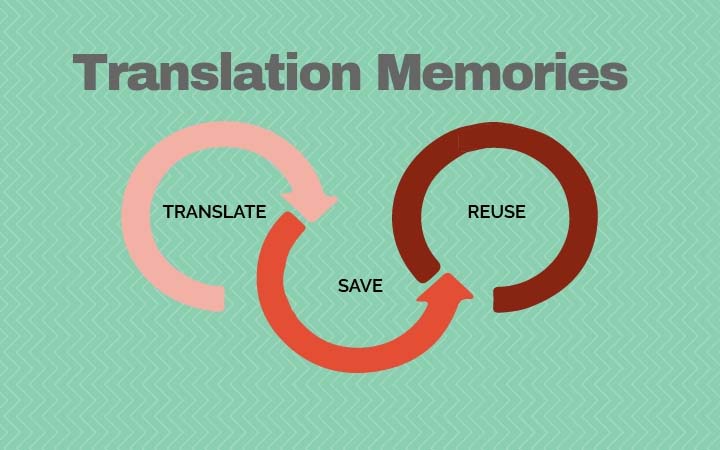
Dig a little into the world of translation and it won’t take long until you come across translation memories (TM) and computer-assisted translation (CAT) tools. These should not be confused with automatic machine translation tools like Google Translate; these are tools to aid human translation and can help translators in their work, reducing their rate […]



